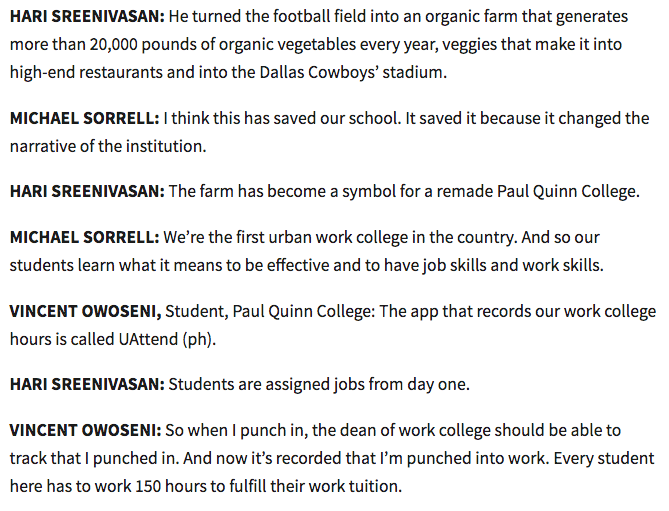Two Approaches To Paying for College, Each Terrifying In Its Own Way
Pick your poison!

In the future, everyone will have two different ways to pay for college for their kids, which, as we’ve covered in depth on the site, is increasingly unaffordable and yet increasingly mandatory for most of the well-paid jobs that offer some kind of benefits and security.
1. The Lieber/McKinley Option
As outlined in a piece Lieber wrote for the Times that reads like horror despite its perky title, “How to Pay for College With Less Stress,” inspired by/adapted from the work of Kevin McKinley, you can attack the problem with a plan of ruthless efficiency and single-mindedness.
A: Save $115 a month, every month, in advance
B: Once your kid is enrolled, spend $500 a month on their tuition.
C: Borrow the rest — from the Federal government, or against your house, for example, if you can.
How should one manage to do all this saving? Pare down. Pare way down.
For parents sending a child to a college right now that costs $100,000 total, they’ll need to find a bit over $500 a month to hit the four-year number, $25,000, that equals a quarter of the total cost.
So rice and beans instead of eating out. No more vacations, or much cheaper ones. If that’s not enough or you already made those changes years ago, a side job may be in order.
“How to Pay for College By Sacrificing Everything That Makes Life Livable,” more like. And all this stripping away of frills like complex meals and travel is to free up the cash to pay for one kid to go to state school! Lieber notes, “If there is more than one child, these numbers could double, and if private colleges are under consideration, they may double again or more.”
Don’t worry, future parents of America. You don’t have to brace yourself for fifteen years of beans; you have another choice.
2. The “Turn Out to be a Farmer” Option
PBS reports that at least one college has had great success transforming its football field into a farm and letting students work in exchange for tuition.
One college turns its football field into a farm and sees its students transform
It’s kind of an amazing story:

Will work for school. Why not, right? Well, although I appreciate it in theory — life skills! exercise! healthy food! it’s win-win-win — I would have been bad at a set up like this in practice. Not everyone is skilled at or strong enough for sustained, regular manual labor. Are differently abled students able to participate? Are student workers too exhausted to learn? And: is setting kids up to work in the fields in order to earn their right to study a good precedent?
Still, it’s an interesting model, as is any model that throws out football, and one worth keeping an eye on. Unless of course you prefer to stockpile cans and shelve any plans to travel until your kids turn 25.
ETA: This piece has been revised.
Support The Billfold
The Billfold continues to exist thanks to support from our readers. Help us continue to do our work by making a monthly pledge on Patreon or a one-time-only contribution through PayPal.
Comments